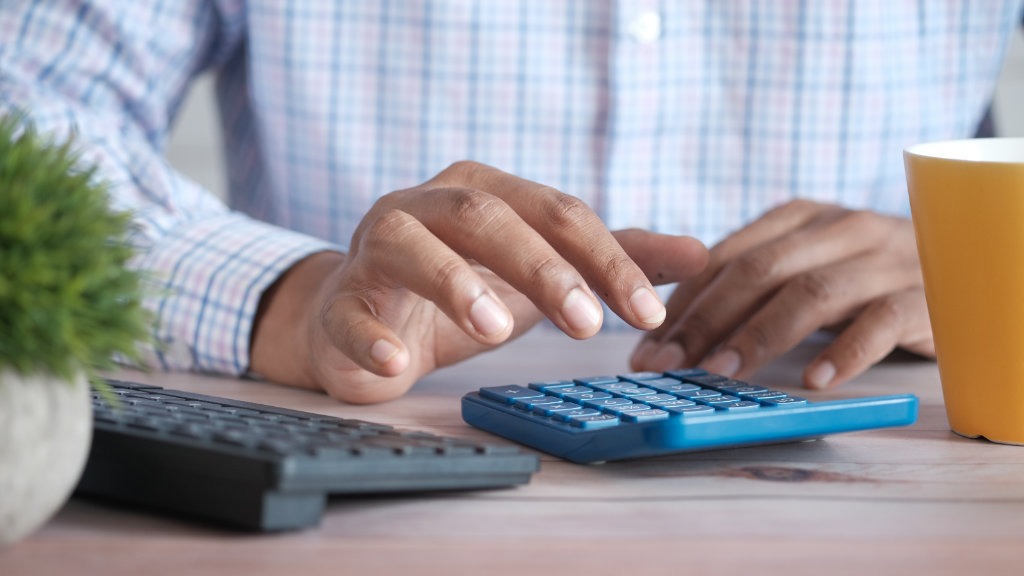You’re not imagining it – VAT is complex. From deciding the VAT rating of specific products or services to working out when to register for VAT, it’s full of headscratchers. But don’t worry – we’ve got you covered.
Do I even need to register for VAT?
There is no automatic need to register for VAT just because you start a business.
The key factor in determining registration is your taxable turnover in a 12-month period. If it’s above £85,000, then you must register for VAT.
If it’s lower than £85,000, then it’s up to you; unless you expect it to imminently rise above this or you take over a VAT-registered business.
Voluntarily registering for VAT
It’s beneficial for some businesses below the £85,000 VAT-registration threshold to register for VAT, and not to others.
The main VAT scheme requires you to charge VAT on your invoices, but allows you to reclaim it on your bills.
Because this is the same for all businesses on the scheme it means that if your customers are VAT-registered, they can reclaim the VAT you charge.
And for you, being on this scheme means the bills you pay will be 20% lower (if they include VAT).
In this scenario it can be advantageous to be VAT-registered below the threshold, albeit if it comes with a little extra administration.
Moreover, you may find being VAT-registered is good for marketing. It can make you appear a little bigger than you are, and conveys an extra sense of professionalism.
However, if your customers are not VAT registered – say you sell to the general public, rather than businesses – then voluntarily registering for VAT will make you 20% more expensive, and quite possibly uncompetitive.
In this scenario, it will probably be preferable to stay unregistered, given the choice.
Which VAT scheme?
Yes, there’s more than one VAT scheme.
The principles of the main scheme we have outlined above – charging and reclaiming VAT as you trade. We’d add that this is done quarterly through accounting software based on invoices raised and bills received.
There are options to go on different schemes, subject to turnover limits:
- An annual accounting scheme which, as the name suggests, allows you to pay annually.
- A VAT cash accounting scheme, which sees VAT paid and reclaimed based on actual cash received and spent, rather than on just the paperwork. This may be appropriate to manage cashflow.
- A VAT flat-rate scheme, which differs more significantly. You charge VAT as normal, but instead of being able to claim back on purchases you are able to keep a small proportion of the VAT you charge. If you have no VATable expenditure, it may be of interest. But, the rate you can keep is not very large so it won’t be attractive to many.
What about differing VAT rates?
To complicate things further, different goods and services are subject to different VAT rates. This may be a conundrum for you on both your invoices raised and accounting for bills received.
You will probably know the standard rate for most things is 20%, and that information will take you a long way.
But there is a reduced rate of 5% for select items like children’s car seats, sanitary products, fitting of energy saving materials, plus domestic fuel and power.
Food, public transport, children’s clothes and shoes, newspapers, books and food (other than hot takeaways or from restaurants) are zero-rated; while other services are classified exempt, including memberships, credit, insurance, fundraising and education.
And beyond this, there are things considered to be outside the scope of VAT. These include wages, MOT tests and rates, for example.
Let us do the legwork
We hope this summary has not raised more questions than it’s answered. But if you are not sure how any of it applies to your business, please do get in touch. And if you just want us to take it all off your hands, we would be delighted to help.
